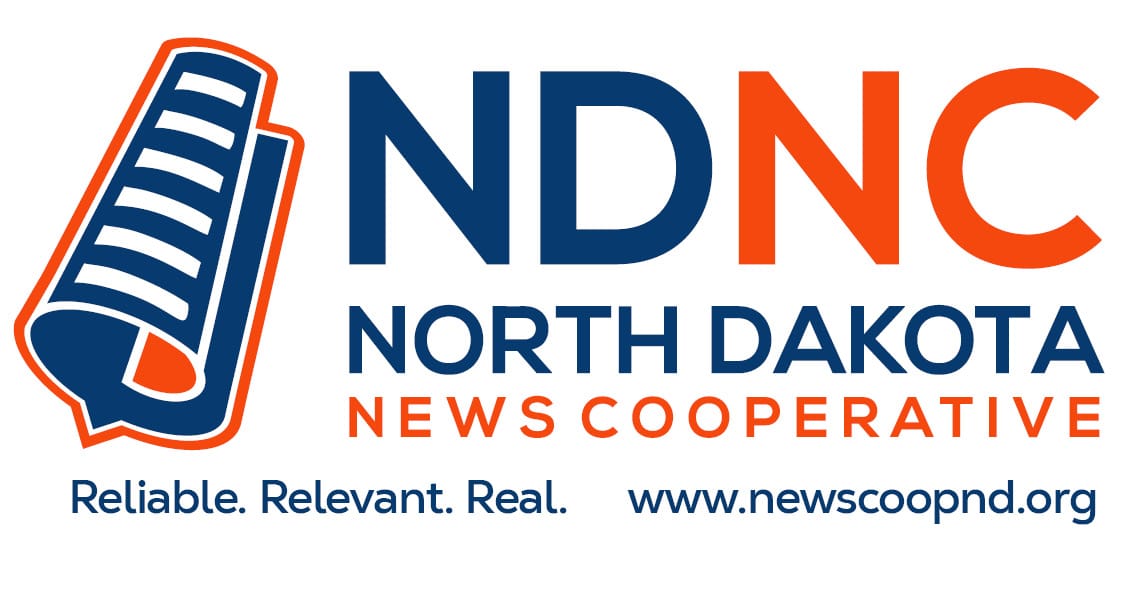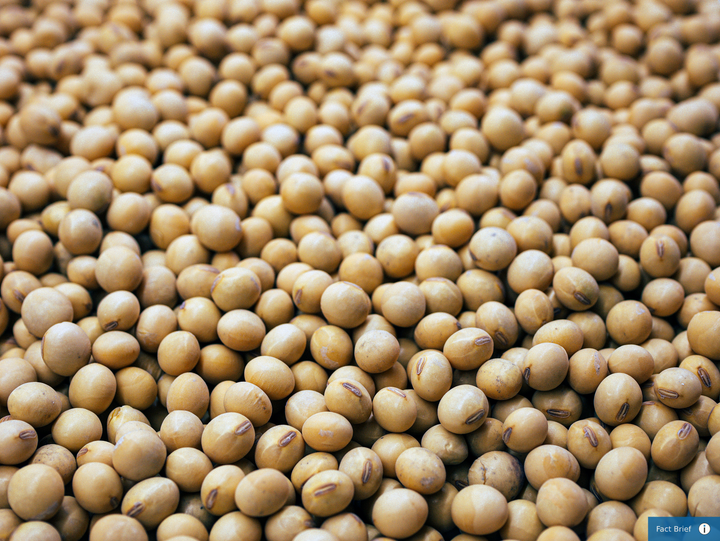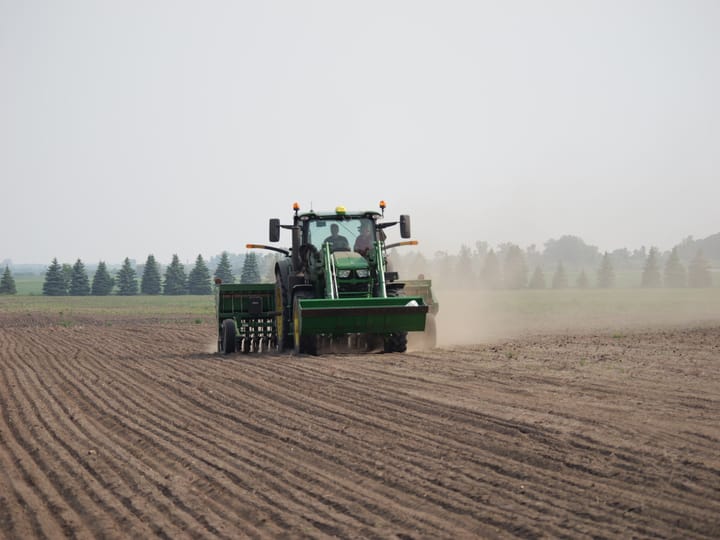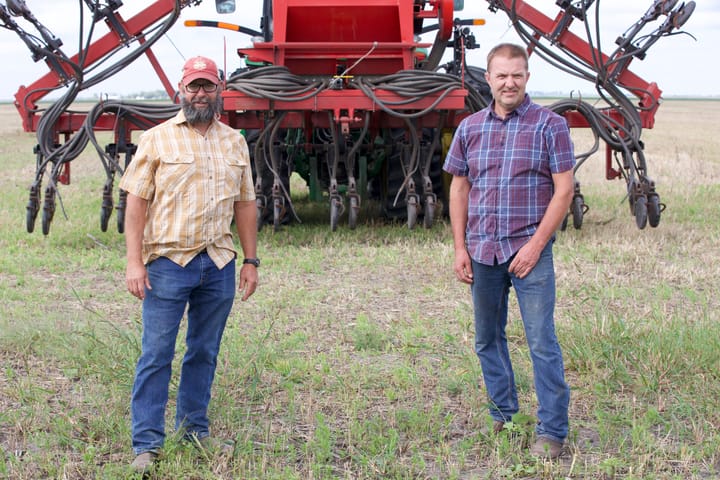North Dakota farmers, ag businesses brace for tariff blowback
Impacts expected from new tariffs on Canada, potential increase on China
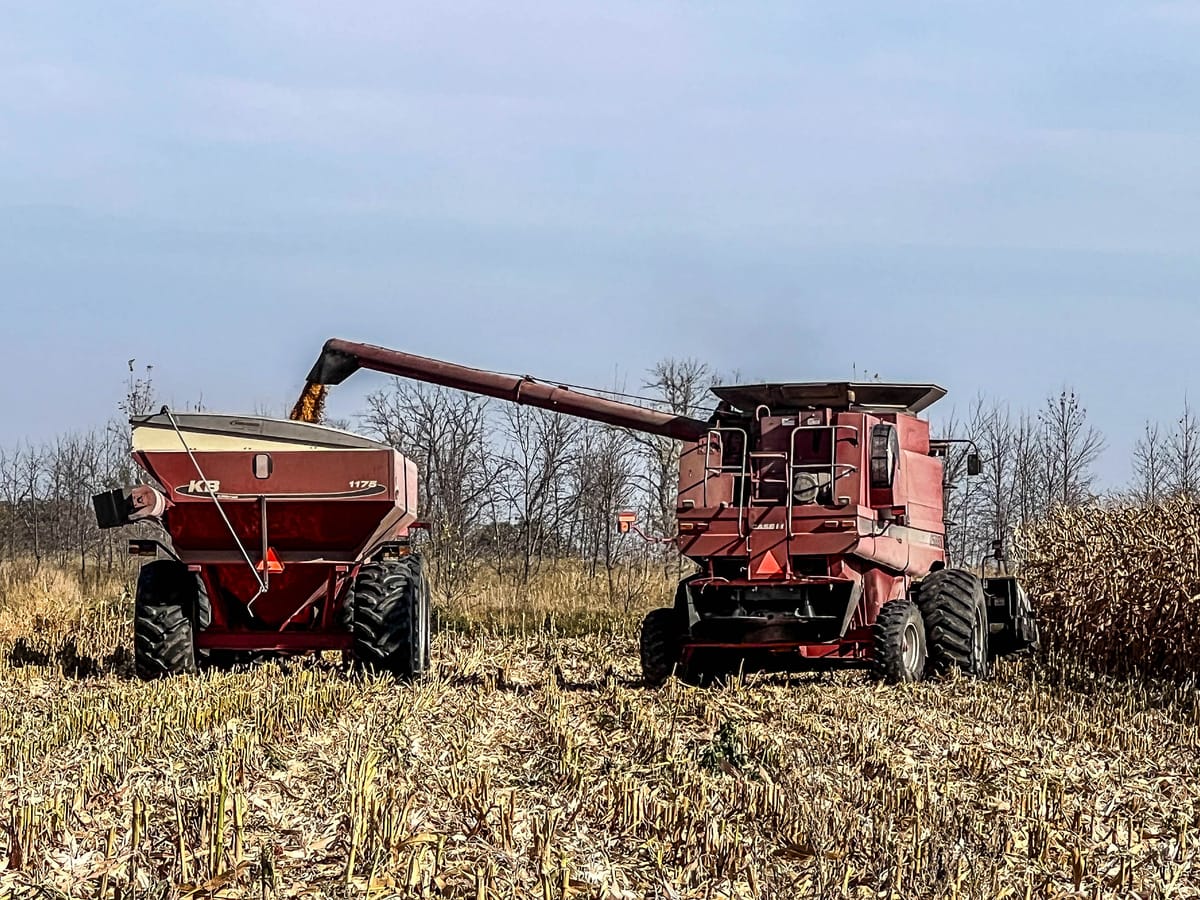
For farmers across North Dakota, alarm bells are ringing and could get louder following tariffs imposed on Canada and the potential for increased tariffs on China in the coming weeks.
On July 31, the Trump administration increased tariffs on Canadian imports to 35%, with 69 other countries seeing increased tariffs at varying rates. Mexico received a 90-day extension on an existing trade deal for further negotiations.
A similar 90-day pause on increased tariffs on Chinese products expires on Aug. 12. If China tariffs go into effect, they could be much higher than the current 30% rate imposed during the pause, possibly exceeding 100%.
Futures prices of some commodities like soybeans are lower and already starting to cause some concern.
A bigger looming issue is that there are currently no soybean orders yet out of the Pacific Northwest, where almost all of the state’s soybean production goes, according to Justin Sherlock, president of the North Dakota Soybean Growers Association.
“It’s starting to cause a lot of concern,” Sherlock said of the trade uncertainty. “We are hopeful of potential trade deals, but hope is not a way to operate a business.”
Elephant in the room
The North Dakota Soybean Council estimates that around 90% of soybeans produced in North Dakota are exported, with two-thirds going to China and Southeast Asia.
China, Sherlock said, is the big elephant in the room for the state’s soybean growers.
“All of our other export demand combined is still not as much as we typically export to China,” he said. “So we really need the Chinese demand to enter our market. So far they’ve bought no soybeans for 2025, so that is very worrying.”
Mark Watne, president of the North Dakota Farmers Union, said both soybean and wheat markets are currently depressed and will likely remain so.
“If there's no agreement with China, Mexico and Canada, that really hits us hard, especially from a North Dakota perspective, because we export so much,” Watne said.
The addition of two new crushing plants for soybeans does help somewhat, Sherlock said, but even if half of the soybeans produced in the state can be crushed, a market would be needed for the other half.
Soybean producers need to see some sort of movement on orders out of the Pacific Northwest in the next two or three weeks, Sherlock said, otherwise there could be bottlenecks on shipping or storage after that point.
Other business impacts
Ag-related businesses are also increasingly impacted by the trade uncertainty. Everything from fertilizer, seed, and other inputs have seen inflated prices, as has farm equipment and parts.
Sherlock said costs have increased by between 15% up to 50% for some parts and equipment.
“So much of our equipment is manufactured in Canada or Mexico,” he said. “We're very grateful that we saw the 90-day pause with Mexico. That's very promising. It was disappointing to see the tariff rate increase with Canada.”
Current tariffs on imported steel, aluminum and semi-finished copper now stand at 50%, potentially raising the cost of equipment further down the line.
Watne said those impacts are mostly indirect and few people think about them, but increased tariffs on metals, electronics, and microchips eventually hit the pocketbooks of farmers.
“Those prices are rising and now as we get into the next couple of years, as they have to restock and resupply, those (tariffs) seem to be tighter,” Watne said. “From an agricultural perspective, we’re at a vulnerable stage.”

In mid-May, major tractor company John Deere detailed in an earnings call that it had incurred $100 million in tariff-related expenses in the second quarter of the year. Deere estimated $400 million more by the end of the year and will likely need to increase some prices because of tariff and inflationary pressure.
The new tariffs on Canada will also likely increase costs for fertilizer further, largely because up to 90% of potash used in fertilizer in the U.S. comes from Canada. Tariffs on urea imports, also used for fertilizer, from Saudi Arabia and other sources also increase fertilizer prices.
“Fertilizer is probably our biggest cost on the farm,” Watne said.
One of the main issues of the trade drama for most farmers is the uncertainty it creates in both the short and long term, said John Bitzan, director at the Sheila and Robert Challey Institute for Global Innovation at North Dakota State University.
“If you think about it from the perspective of farmers, they don't know what their input prices are going to be. So, buying fertilizer, or seed, or other things, are the prices of those going to go up because of import tariffs? I think there's a lot of uncertainty about markets, too,” Bitzan said.
That uncertainty also leads to less willingness to make investments for the future on a new tractor or other equipment, Bitzan said. That uncertainty has knock-on effects for machinery and input dealerships.
Supply chain dilemmas
Trade friction and increased tariffs can also impact products most people don’t often think about.
Recent analysis by property experts at Eden Emerald Buyers Agent found North Dakota to be the third-most rodent-infested state, for example, just behind Vermont and South Dakota. Rodents sometimes like to chew on wires and cables in everything from cars to tractors.
Ken Huening, creator of CoverSeal, makes and sells covers for cars, tractors, motorcycles, BBQs and other equipment all across the U.S. When he started his business, he wasn’t able to produce the covers in the U.S., so he had to make them in Mexico and China.
“Textiles were a U.S. commodity. They aren’t anymore. So, I couldn't find a mill in the U.S. to either create the fabric or try and find people who would build them in the U.S. in any kind of volume that would be cost effective,” Huening said.
Farmers in North Dakota recently looking to buy CoverSeal covers to protect their equipment from rodents are seeing higher prices and delays because of trade friction.
Huening said a year ago for bulk orders he had to pay a $14.5 tariff on each cover imported from China. He now has to pay around $44. New tariffs also require additional paperwork, often adding another two or three days of processing through the supply chain, Huening said.
Another challenge is that direct-to-customer sales of products under $800 shipped from his warehouse in China are no longer exempt after the 321 exemption rule was rescinded. Those added costs are partly passed along to consumers.
For smaller ag-related businesses, tariff impacts depend on how supply chains are structured, said Alfredo Roa-Henriquez, an assistant professor of supply chain management at North Dakota State University.
Some may come out better, depending on what exemptions are carved out in the final trade deals, and others could lose out, he said.
“All sectors will be unequally affected,” he said. “The impacts will be different.”

The North Dakota News Cooperative is a nonprofit news organization providing reliable and independent reporting on issues and events that impact the lives of North Dakotans. The organization increases the public’s access to quality journalism and advances news literacy across the state. For more information about NDNC or to make a charitable contribution, please visit newscoopnd.org. Send comments, suggestions or tips to michael@newscoopnd.org. Follow us on Twitter: https://twitter.com/NDNewsCoop.
